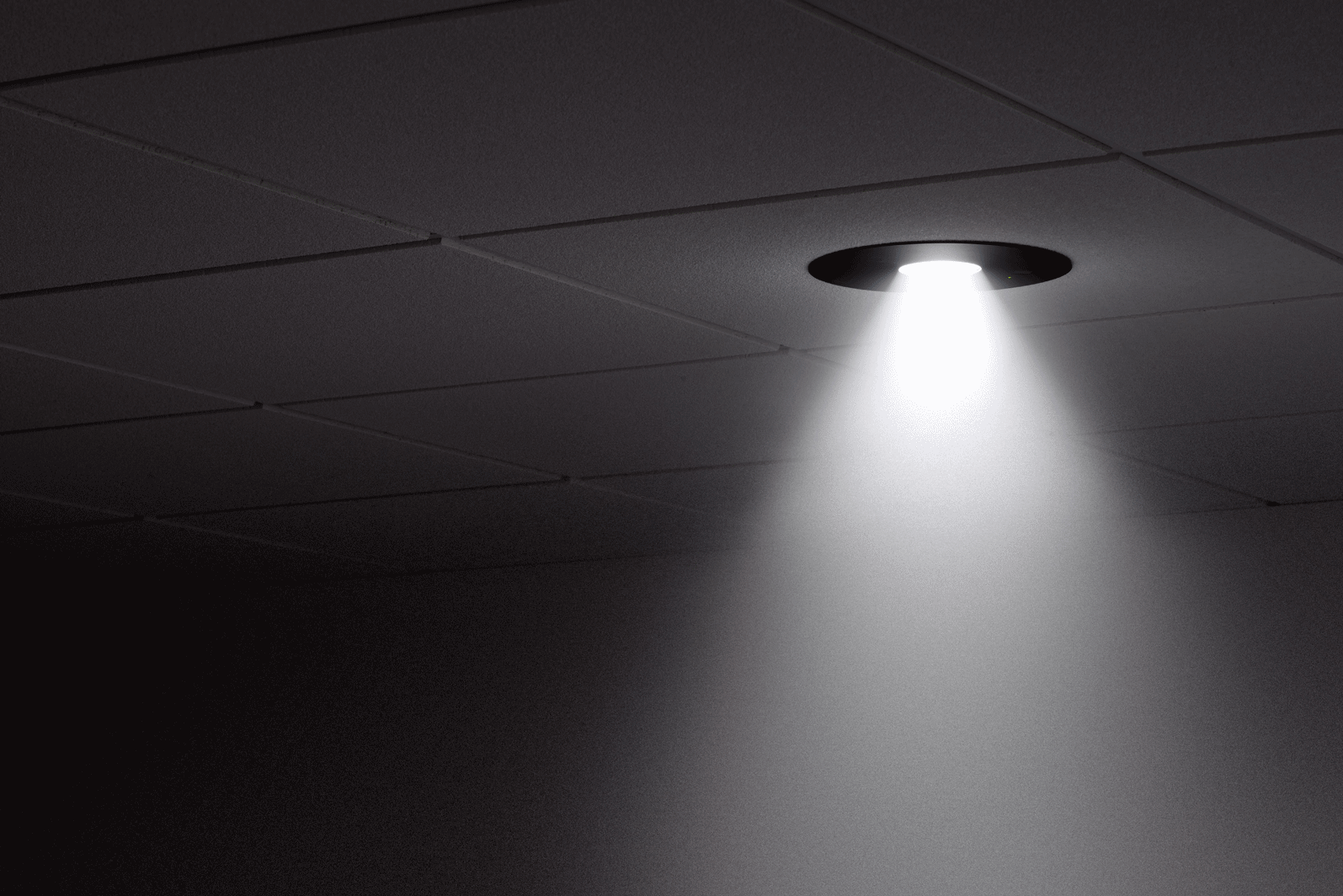O2 has revealed it will hold a network trial at its Slough HQ for LiFI technology that aims to connect people to the internet through LED lights rather than radio frequencies - a move that could make bandwidth size 1,000-times bigger

Telecoms giant O2 has revealed a LiFi network trial that will send data through LED lights.
Trialing the technology in partnership with supplier pureLiFi, O2 claims the data-transferring LED lights will provide high-speed, wireless internet connectivity.
O2 said the emerging technology could being a “serious contender” to existing WiFi systems that work on radio frequencies.
The network trial is part of the company’s plans for moving into the growing market for 5G technology.
Derek McManus, O2’s chief operations officer, said: “At O2, we’re committed to building the best network possible for our customers, and a huge part of that is making sure we’re ahead of the pack in testing the latest technology.
“Our LiFi trial shows how you can deliver high-speed connectivity to customers in new ways and is another example of how we’re future-proofing our network as we pave the way for 5G in the UK.”
Alistair Banham, CEO of pureLiFi, said: “With the proliferation of Internet of Things devices and continued growth in mobile users, the demand for spectrum is under increasing pressure.
“LiFi is capable of unlocking unprecedented and much-needed data and bandwidth, and we are delighted that O2 has chosen to partner with pureLiFi to explore this tremendous potential.
“O2 is at the forefront of championing technologies to provide real solutions for 5G and beyond, and we look forward to working with them towards our common goal.”
LiFi technology is more secure and reliable than traditional WiFi, while also having the capacity to lower energy consumption and infrastructure complexity, according to O2 and pureLiFi.
What is LiFi?

Almost everyone is familiar with WiFi – the system of radio frequencies that transfer data to devices, providing an internet connection.
LiFi differs from WiFi by passing data through the light spectrum – a distinction that LiFi developer pureLiFi claims creates 1,000-times the space for bandwidth available from radio frequencies.
Moving away from radio frequencies and toward connectivity through light is thought to have several benefits, including allowing airline passengers to connect to the internet and greater network security, as connections can only be accessed within an area of light.
This means that a network could be protected simply by closing a door or shutting a blind, according to pureLiFi.
It is also thought that WiFi technology will not be able to keep up with future demand, as a result of numerous radio frequencies creating a “spectrum crush” effect.
O2 and pureLiFi consider the technology to be key to the development of 5G technology as trial rollouts begin.
During the LiFi network trial at its Slough headquarters, O2 will use the LiFi-XC system created by pureLiFi – a internet connectivity system that transfers data from a LED light and sends it back through bulb brightness adjustments.
Picture: pureLiFi


